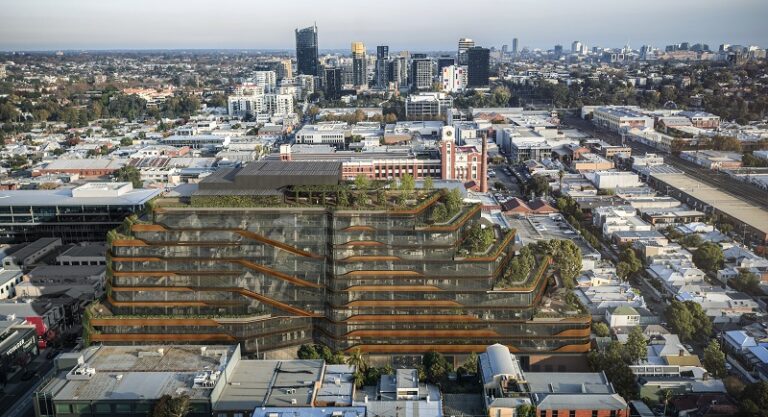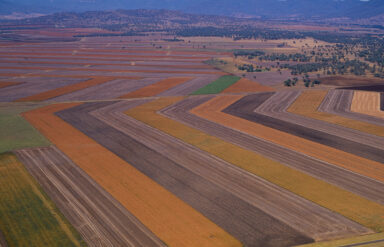Prior to the recent virus outbreak, the Australian economy had achieved considerable recovery across several data points, including a strong rebound in consumer spending and a stronger than anticipated economic growth rate.
Both housing and business investment had also increased, reflecting further signs of confidence in the economy, and the rise in employment and hours worked had exceeded expectations. This in turn had a flow-on effect to a greater than expected recovery of asset prices throughout the broader market. Strong asset prices are leading to the lowest level of distress or borrower request for loan variation we have experienced since strategy inception.
In Sydney, commercial office prime yields are holding firm between 4.25% and 4.75% after sustained compression before the pandemic. $2.3 billion in transactions has been recorded over the last year to September 2021, already above volumes at the same time last year. The strong gains seen in early 2021 in the economy quickly translated into a rebound in office leasing activity, with leasing volumes YTD (August) 125% above the same time in 2020.
Scarcity remains the key driver for significant growth in residential values across Australia, with pent-up demand from those engaging in an incredibly low interest rate environment. Demand for industrial continues to surpass expectations as it drives record take-up volumes and pushes vacancy to new lows. This has intensified the weight of capital now focused on the sector, resulting in sharp yield compression and an influx of new development.
Australian and New Zealand agriculture is benefitting from better than average domestic production combined with poor global harvests in many of the worlds other major producing regions. This is resulting in the unusual outlook of both strong production and high product pricing for most of our borrowers.
Key market highlights in agriculture sit across the dairy, meat & livestock, and cropping sectors.
In October, Fonterra Australia and Saputo Dairy announced step-ups to their average farmgate milk prices for the 2021/22 season to $7.10/kgMS and $7.05/kgMS respectively. The step-ups were driven by subdued growth in supply and strong domestic demand. Year to date Australian dairy production is 3.3% behind 2020/21 production.
For the past two months, the Eastern Young Cattle Indicator (EYCI) remained above 1,000c/kg. This is more than double where the EYCI was at the start of 2020. Australian lamb prices declined in October following record highs in August and September.
ABARES has forecast Australian winter crop production in 2021/22 to be well above average. Australian grain prices continue to be supported by tight global supplies. Recent heavy rain across the eastern seaboard is expected to slow harvest and decrease quality leading to larger premiums for milling wheat and malt barley. Australian APW wheat is trading at $375/mt delivered port.



